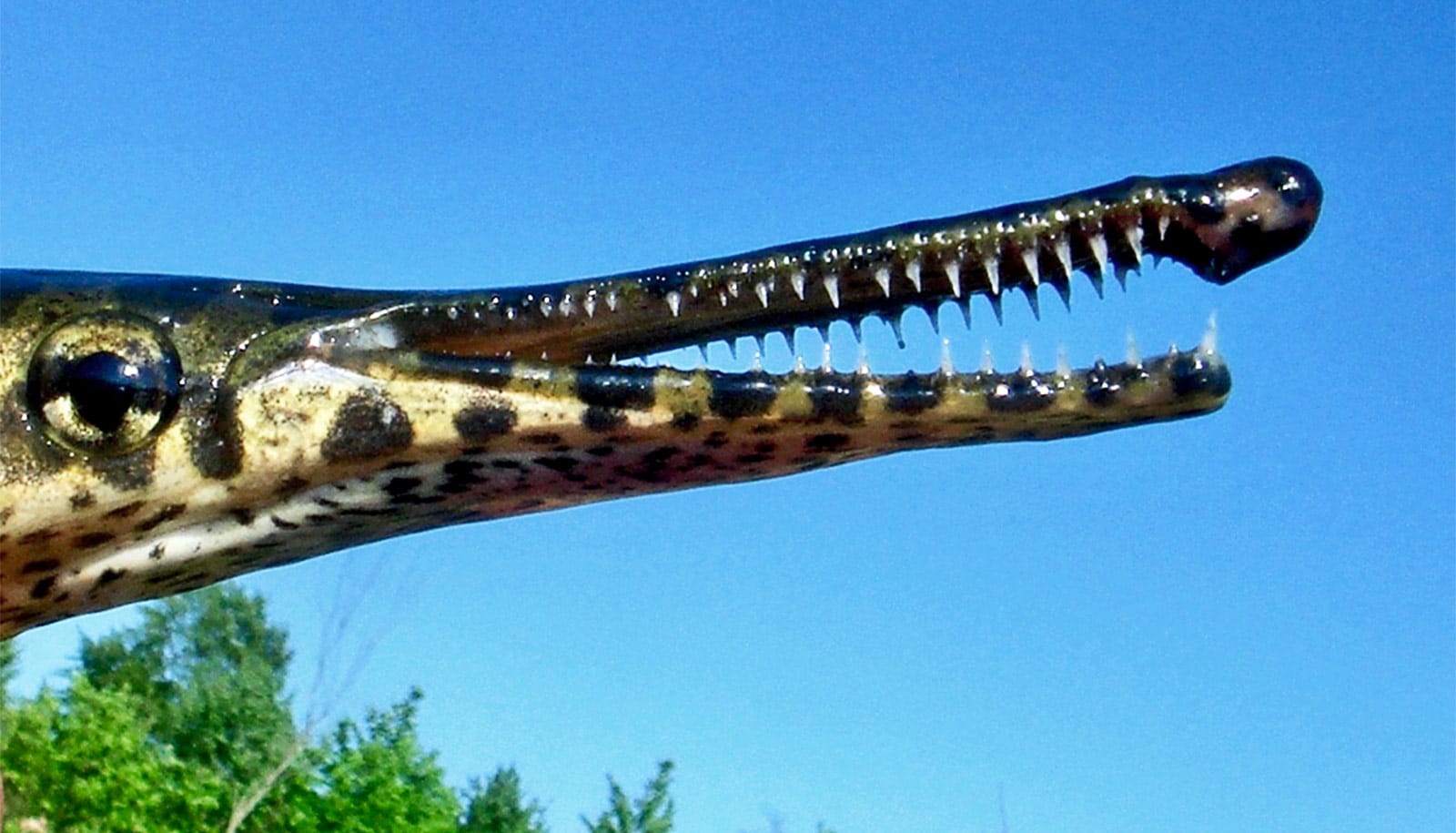Researchers have uncovered a key element of joint cartilage regrowth, which brings them one step closer to regrowing human limbs.
Their goal is to help the 2.1 million people in the United States living with limb loss, a population expected to more than triple by the year 2060 because of the increase in vascular diseases such as diabetes.
Unlike some popular animals like the axolotl, a type of salamander that can regrow lost limbs, humans can only regrow the very tips of their fingers—and only under certain circumstances.
But now, researchers at the College of Veterinary Medicine and Biomedical Sciences (VMBS) at Texas A&M University have discovered a fibroblast growth factor (FGF)—a type of protein—capable of regenerating an entire finger joint, including articular cartilage, tendons, and ligaments.
“We know that bone regeneration requires many different factors, one of which is FGFs,” says Lindsay Dawson, assistant professor in the VMBS’ veterinary physiology and pharmacology department.
“We were able to implant different FGFs into tissues that normally do not regenerate and we found one—FGF8—that can regenerate a complete joint and the beginnings of a fingertip.”
While FGF8 can’t regenerate some recognizable elements like a fingernail, its discovery is an important step toward full-limb regeneration.
“Our expectation is that if we can figure out all the factors that regenerate a finger, then we could apply those factors anywhere on the rest of the arm, or even a leg, and regrow a limb,” Dawson says.
“This study is a proof of concept. These cells would normally undergo scar formation, but FGF8 tells them to do something else and they end up making five tissues. We were amazed at how much this one factor can do,” she says.
Dawson’s graduate student, Sarah Wolff, is excited to continue the studies.
“We’ve discovered that joint regeneration is associated with less mature tissues,” Wolff says. “What I’m really driven to understand is how can we stimulate joint regeneration across the lifespan.”
The research appears in Bone.
Source: Texas A&M University



